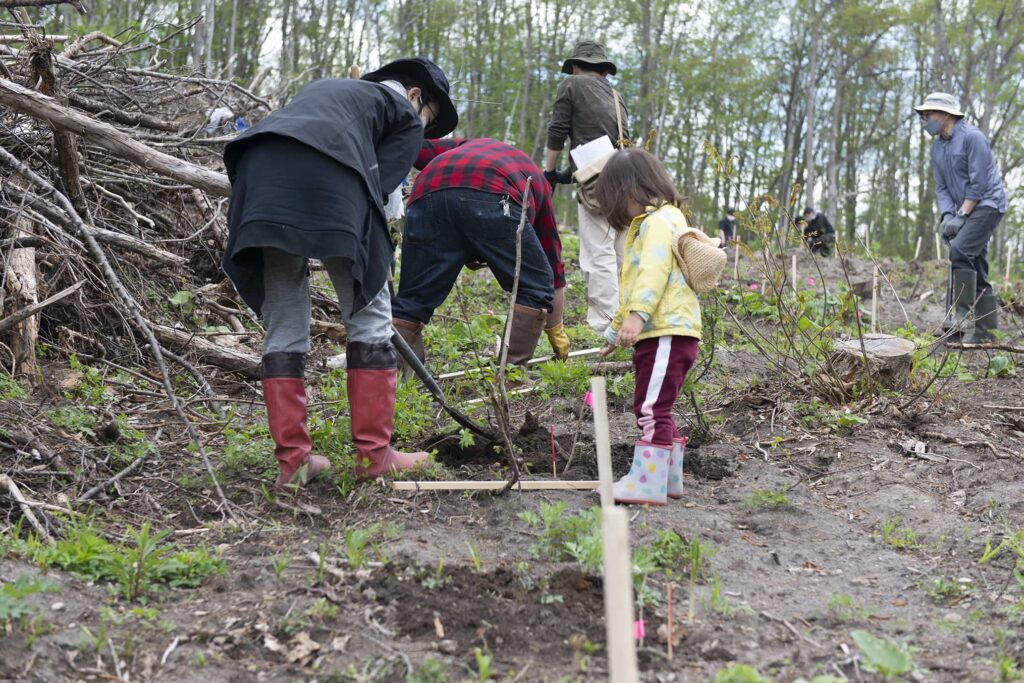Japan Customs and Coast Guard are different and separate organizations, but they very often work together especially at a sea port. For that reason, when working as a Customs official, I sometimes went for a drink with Coast Guard officials. One day when we were at some Japanese-style bar and I ate mantis shrimps, one of them said to me with a grin “Be careful to check if there’s human hair in it. When finding a drowned body in the sea, we always see them swam the body.” After hearing that, I can’t eat mantis shrimps.
What decides our likes and dislikes is genetic and environmental factors, and negative memories as above are one of the major environmental factors. I believe you, too, have had that kind of experience. We can see how unstable and sensitive our sense of likes and dislikes is. Sorry in advance if I make you feel bad, but there’s another case. It’s about milk. I eat cereal with milk every morning, and once talked about it to one of my friends. He happily said “Have you heard milk is made from blood?” I still eat cereal with milk somehow but sometimes remember his words and feel bad. The introduction has become quite long, but stay with me a little more. We will finally arrive at the theme that the main title indicates.
Hokkaido is the kingdom of milk in Japan
Hokkaido is sometimes called the milk kingdom that boasts the largest milk production (about 55% of the total milk production in Japan). There are many dairy towns where the number of cows is larger than that of inhabitants. Only a short drive takes you to the road where dairy farms spread on both sides anywhere in Hokkaido. Every time I see cows lazily munching, an environmental issue occurs to my mind, which is methane gas produced from cow belching and manure. Methane gas is 30 times stronger in greenhouse effect than carbon dioxide. Greenhouse gas emissions from the dairy industry accounts for about 0.7% of the average annual greenhouse gas emission in Japan, but considering the character of methane gas, I think it would have more impact than what the percentage indicates.
How we’ve tackled the mathane gas from the dairy industry
As it is sometimes pointed out, the dairy industry increases environmental burden mainly due to methane gas, contrary to the eco-friendly image, but it’s in the past. Technological advancement has improved cow feed to reduce methane gas from cow belching, and lowered the price of a biogas plant to generate electricity from methane gas from cow manure. I believe the downsized biogas plant will quickly spread because the independent power source is more efficient than the installation of the conventional electricity network especially for dairy farms scattered in a vast area like Hokkaido.
The dairy industry has been building a sustainable system like this, and accordingly, we can enjoy cheese, yogurt, soft-serve ice cream, etc. made from Hokkaido milk, while seeing the peaceful scenery of a dairy farm in Hokkaido without feeling a sense of guilt any more. For your information, we cut trees to make furniture, while planting trees every year. It’s sustainable the same as the dairy industry.


Shungo Ijima
He is travelling around the world. His passion is to explain Japan to the world, from the unique viewpoint accumulated through his career: overseas posting, MBA holder, former official of the Ministry of Finance.

